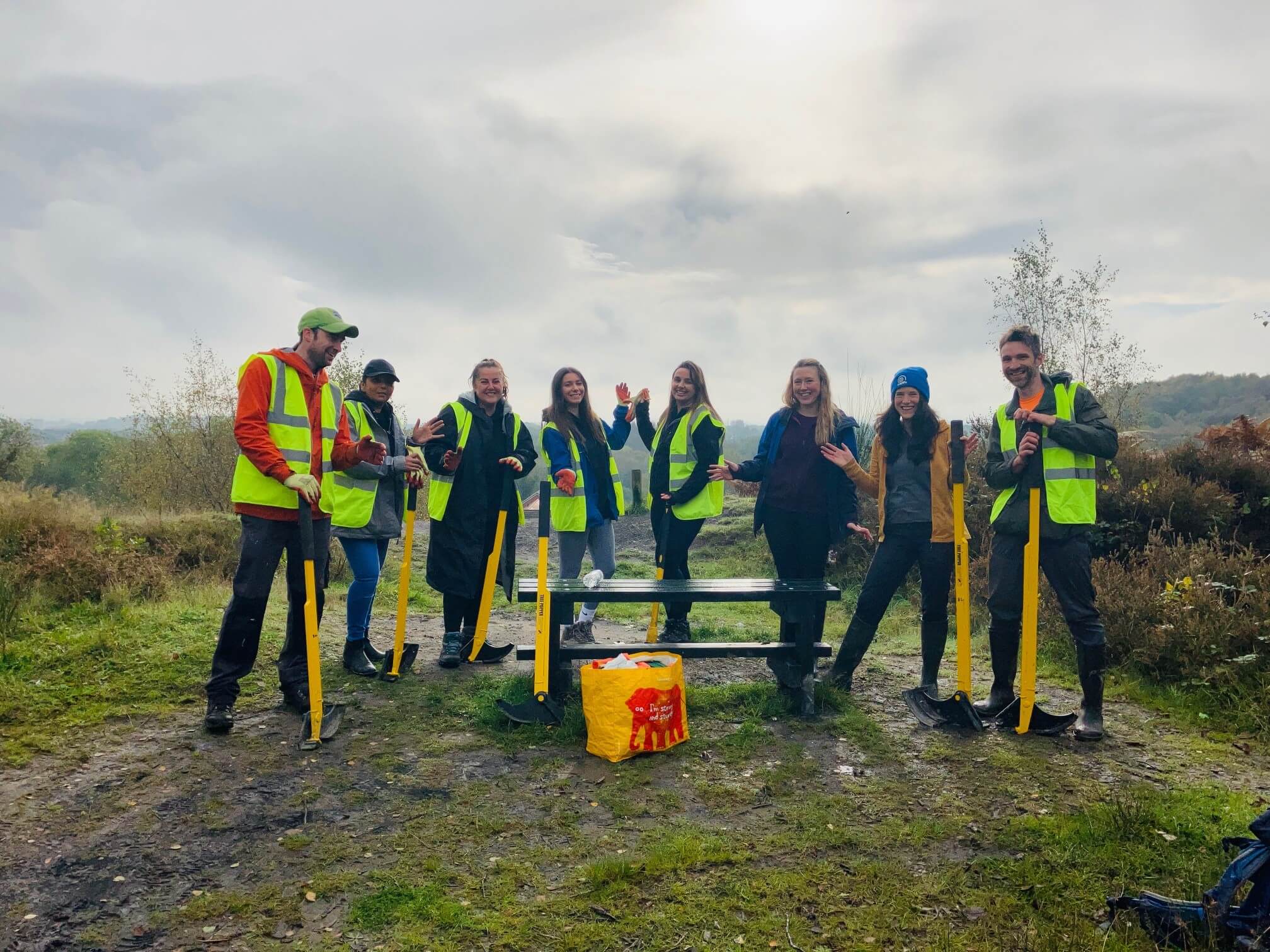Coolstays supported the planting of 2.2 hectares of wildflowers in the UK in 2023
Coolstays is part of an imaginative and beautiful solution to the problem of the loss of flowers and pollinators in the UK. Not only are wildflowers attractive and beneficial to our well-being, but for the thousands of pollinating insects, wildflowers are critical.
Since 1940 we’ve lost ninety seven percent of our flower rich meadows and hundreds of our pollinator species are in decline. In areas, our local wildlife finds itself in isolated oases, walled in by agricultural land, urban landscapes, roads, and gardens.
Our solution is to restore B-Lines – a network of insect pathways along which we are restoring and creating wildflower rich habitat. These insect super highways created in partnership with GreenTheUK and Buglife will extend across the whole of the UK, allowing wildlife to move freely through our countryside and towns. Thanks to Coolstays, we have created a network of flower-rich pathways benefitting pollinators, other wildlife and people.

Wildflower Restoration Site 1 in Shropshire (1.1 hectares)
Coolstays has helped improve a post-industrial site, Langley Fields in Telford, to help protect the threatened dingy skipper and other invertebrates. Post-industrial or brownfield sites have been subjected to frequent disturbance and tend to have low nutrient soils, giving rise to a wide variety of habitats at different stages of succession, termed open mosaic habitats. The differing succession stages can result in bare ground, heathland, woodland and grasslands and can support a variety of rare plant species, mosses, lichens and rich assemblages of invertebrates. Since the start of this year, Coolstays has sponsored the clearing of overgrown scrub, thinning the woodland and creating areas of bare ground to produce a mosaic of habitats.
This winter, Coolstays has sponsored the planting of Heather (Calluna vulgaris) and Bird’s Foot Trefoil (Lotus corniculatus) at Langley Fields. Bird’s foot trefoil is especially important for these sites as it is the larval food plant of the dingy skipper caterpillars. The dingy skipper is a rare butterfly that has experienced serious declines over recent years, mainly due to habitat loss, so it is hoped that creating a suitable habitat will kelp conserve this species.
Wildflower Restoration Site 2 in Surrey (1.1 hectares)
One of the most treasured parts of the Surrey Hills landscape, Tyting’s Farm, just to the south of Guildford, is made up of some 120 acres of spectacular countryside. Located in what is now the Surrey Hills Area of Outstanding Natural Beauty, Tyting’s provides an important link between the chalk grassland nature reserves at Pewley Down and St Martha’s Hill. This makes the site a valuable piece in connecting Buglife’s B-Lines habitat connectivity network.
Coolstays sponsorship has supported the seeding of new meadows and woodland flowers at Tyting’s farm, following efforts by the a passionate community volunteer group to remove hazardous Ash dieback and invasive Rhododendron. Once established, these new meadows will provide important nectar food sources for wild pollinators, allowing them to forage and thrive.
Wildflowers & Grasses Planted

UN's Sustainable Development Goals
As a GreenTheUK partner, you support projects that are in line with the UN Sustainable Development Goals.

Take urgent action to combat climate change and its impacts.

Sustainably manage forests, combat desertification, halt and reverse land degradation, halt biodiversity loss.

























































